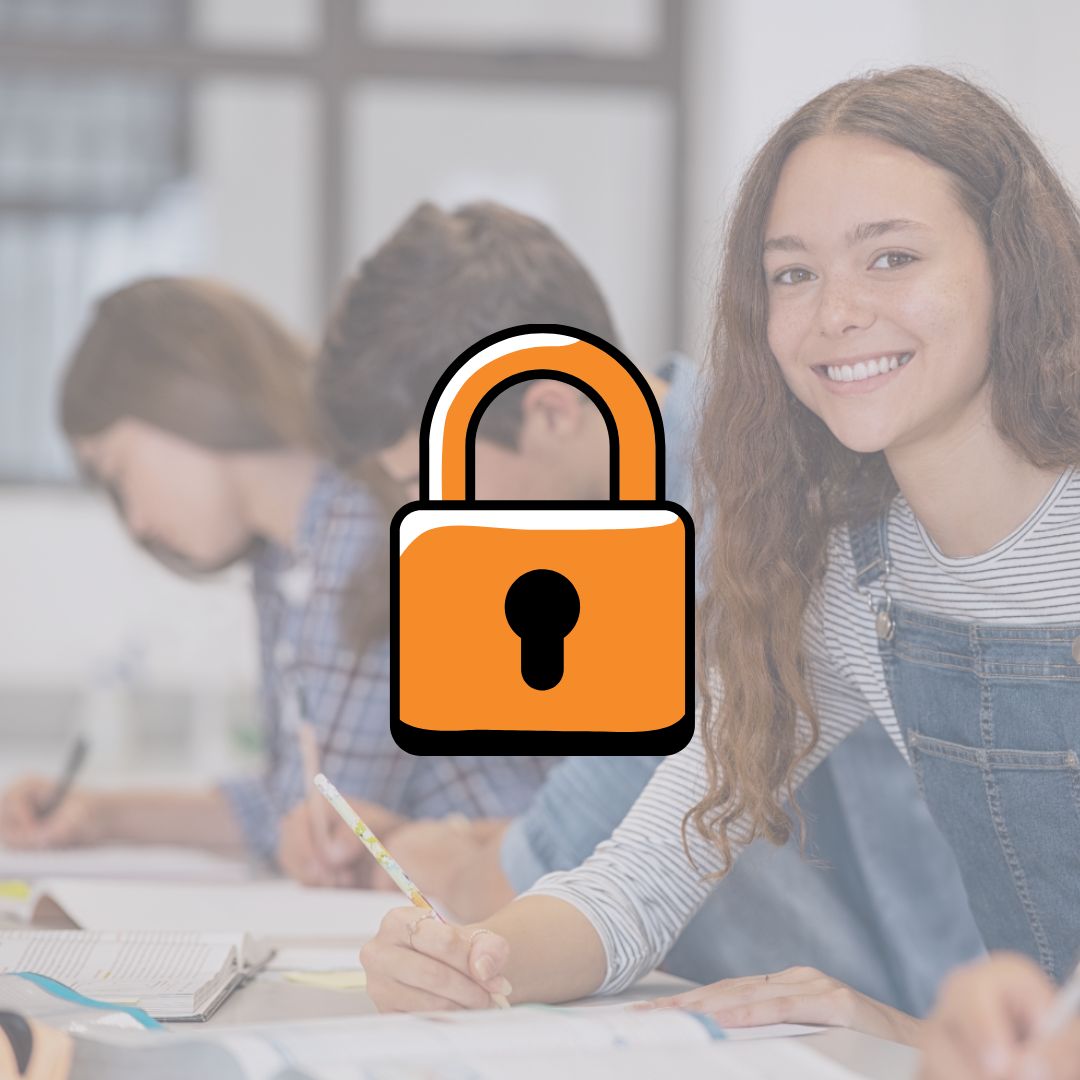About Unit 4

New to our curriculum? Start here.
Check for upcoming or on-demand curriculum workshops.
Lessons build on one another and are designed to be used sequentially. If you plan to use one of the lessons in isolation, review the Overview documents (Unit 1, Unit 2, Unit 3, Unit 4). To unlock all lessons you must log in as an Econiful member.
Students are introduced to how economists analyze the wealth and poverty of nations. Through a hands-on activity, they explore determinants of national wealth and dispel common misconceptions.
Through a simulation, students explore how effective institutions support a higher standard of living. A debrief connects the activity to real-world examples through a short reading and podcast excerpt. Watch a video tutorial.
"The gamification of the learning experience was something that the students really liked. They gave each other a high five when they and their partner gained points in the country simulation, and were sad when they lost points." - Michael S., AZ
Through a digital simulation and debrief students explore how investments in public health and education boost productivity and drive economic growth. Watch a short video tutorial.
4.4 Analyzing Costs and Benefits of Investing in Human Capital
Using analogy, data analysis, and recent research, students consider how education impacts productivity and GDP per capita. The lesson concludes with students applying their economic thinking skills to evaluate policy proposals.
4.5 Infrastructure and Economic Growth: A PACED Analysis
With the PACED decision-making model, students evaluate three real-world infrastructure projects, weighing short- and long-term costs and benefits to determine their impact on economic growth.
4.6 Technological Innovation and Economic Growth
Students explore how investments in technological innovation drive economic growth through a reading and simulation. Lesson activities highlight the costs of innovation and its varied short-term impacts on different groups.
4.7 Investing in the Future: Economic Growth Proposal
In this summative assessment, students apply their learning by proposing a local spending project aimed at promoting economic growth and improving the standard of living in their community.
4.8 Why Trade Is Sweet
Students engage in a simulation to explore how voluntary exchange increases efficiency and improves outcomes, with a debrief highlighting both the advantages and challenges of trade.
4.9 Comparative Advantage and Gains from Trade
Students use economic models to analyze opportunity cost, specialization, and how trade creates mutual gains by expanding consumption possibilities.
4.10 Analyzing Critiques of Unrestricted Trade
Students evaluate real-world critiques of unrestricted international trade and consider how trade policies affect different stakeholders.
4.11 Trade Policy: Part 1
Students explore the economic impact of a real-world U.S. tariff and political pressures behind trade policy decisions.
4.12 Trade Policy: Part 2
Students explore types of trade agreements and programs like Trade Adjustment Assistance to understand how governments manage the benefits and costs of international trade.
4.13 Investigating Trade Policy Through a State Lens
Students research how international trade impacts their state and prep for a podcast discussion on proposed trade policies.
4.14 Assessment Practice and Preview
Students are introduced to the end-of-unit assessment instructions and rubric and guided through the thought process needed for successful completion.
4.15 Recommendations from a Development Economist
Students complete a summative assessment where they evaluate policy proposals and make recommendations to improve a country's standard of living, using economic principles and data.
Contact Kathleen Cusack with questions at Kathleen@econiful.org.




















